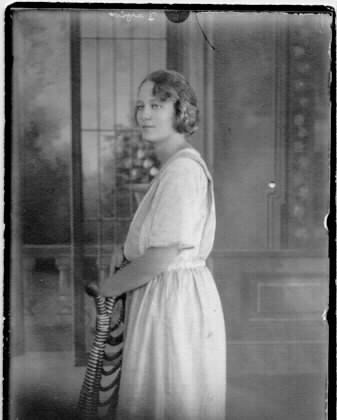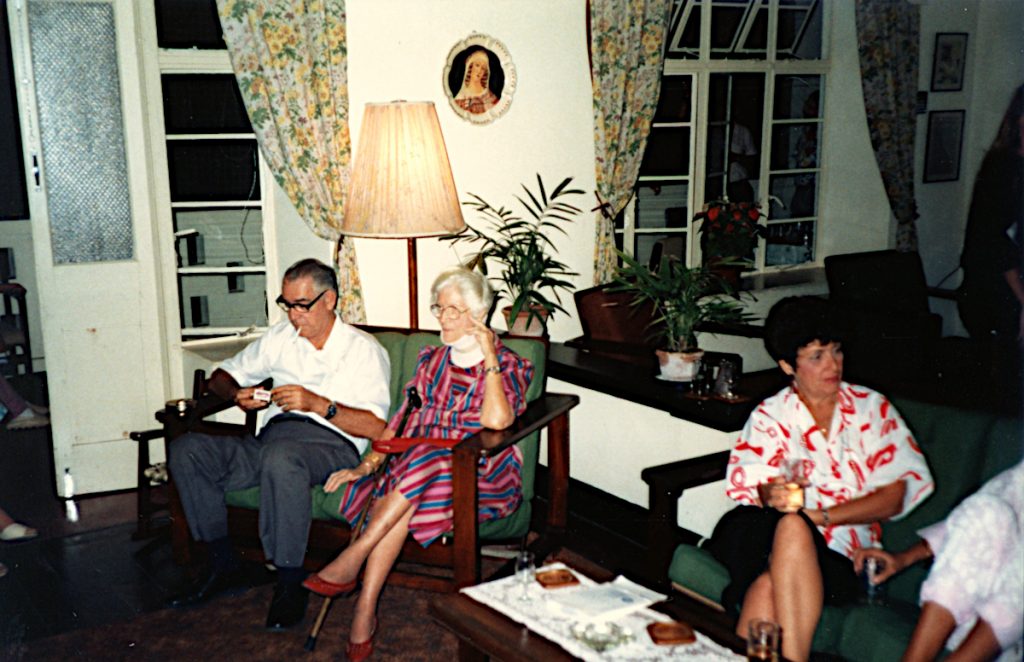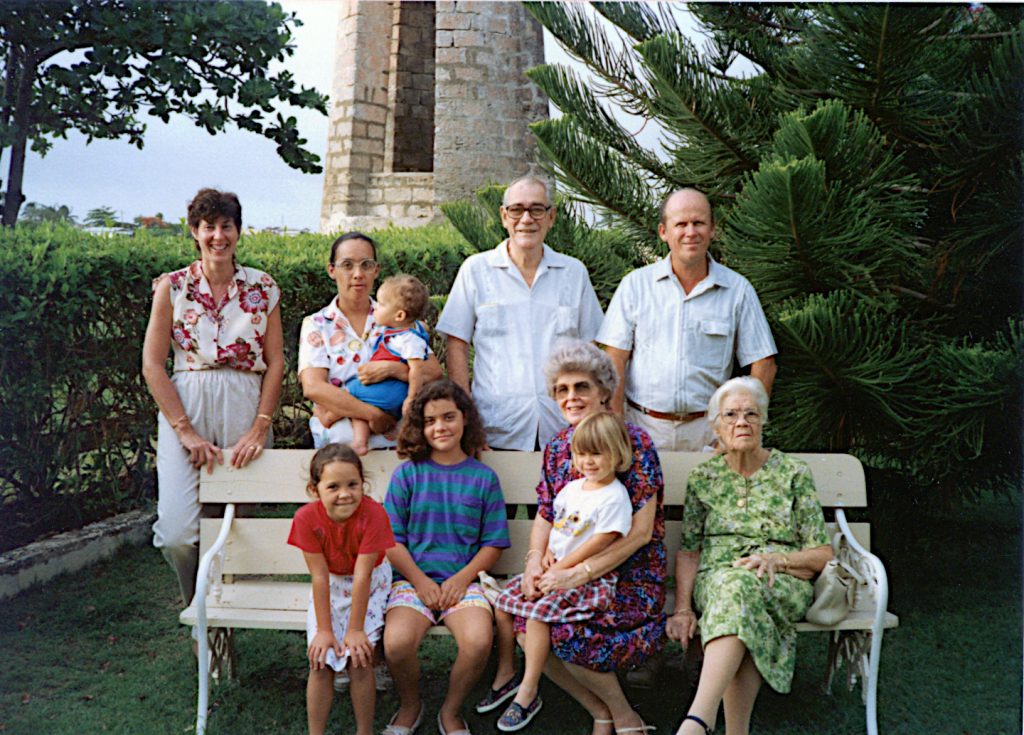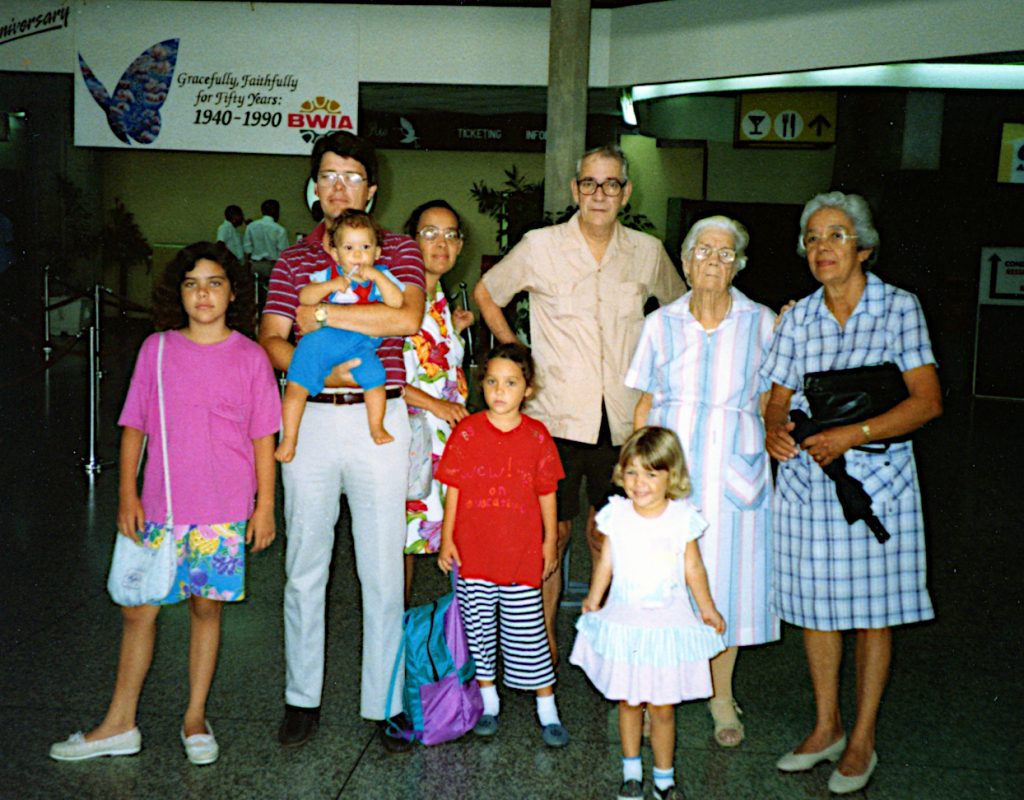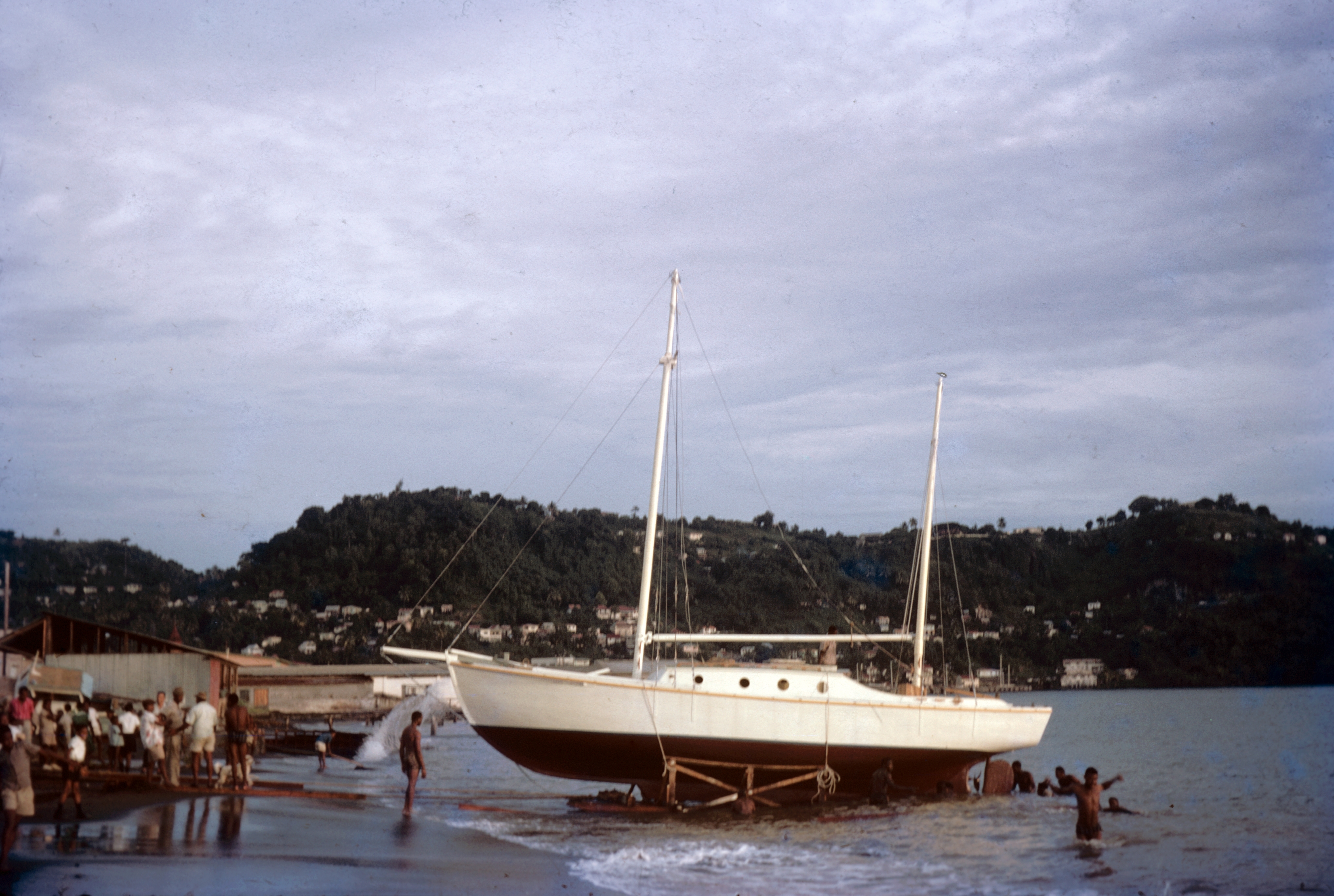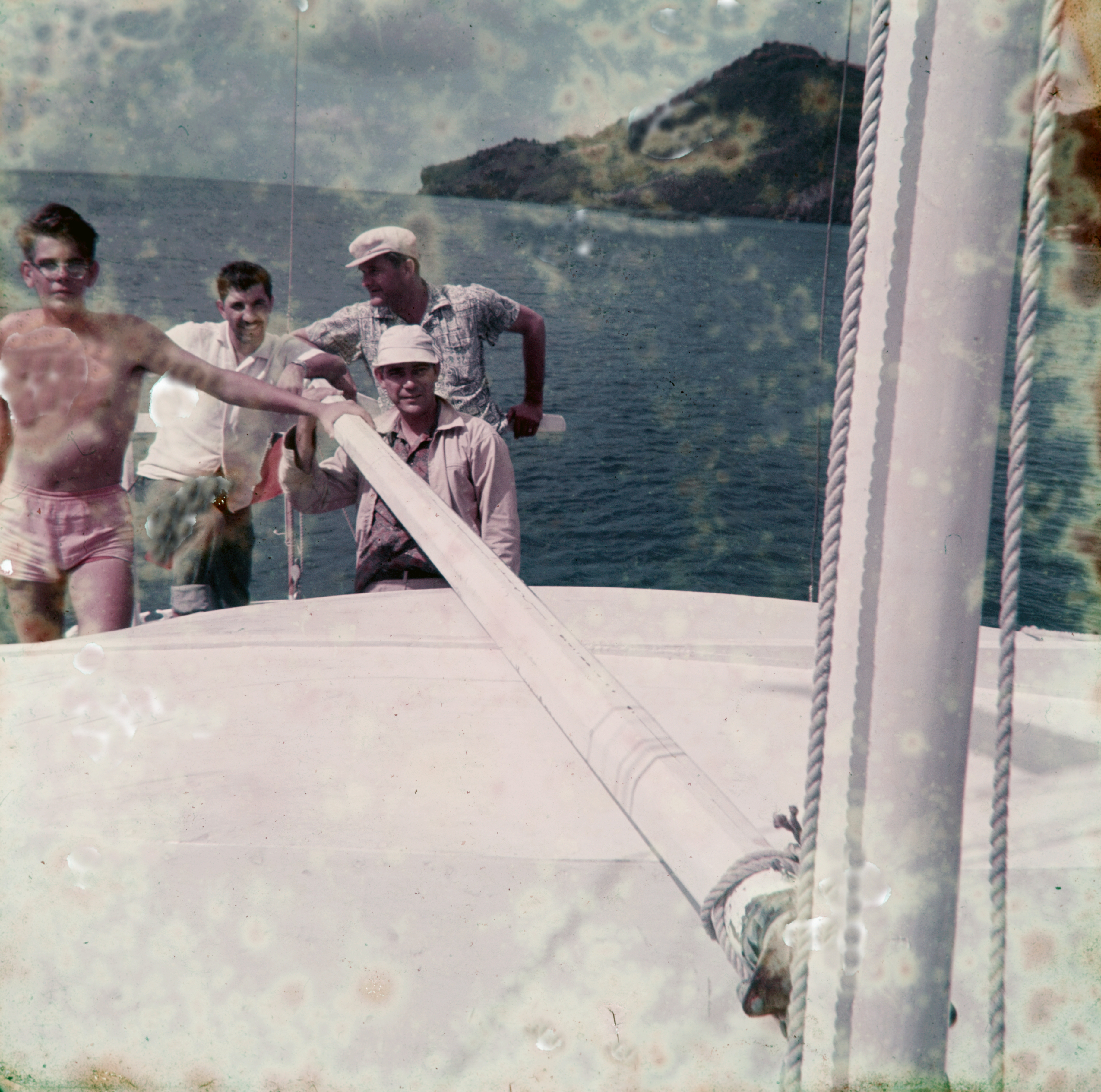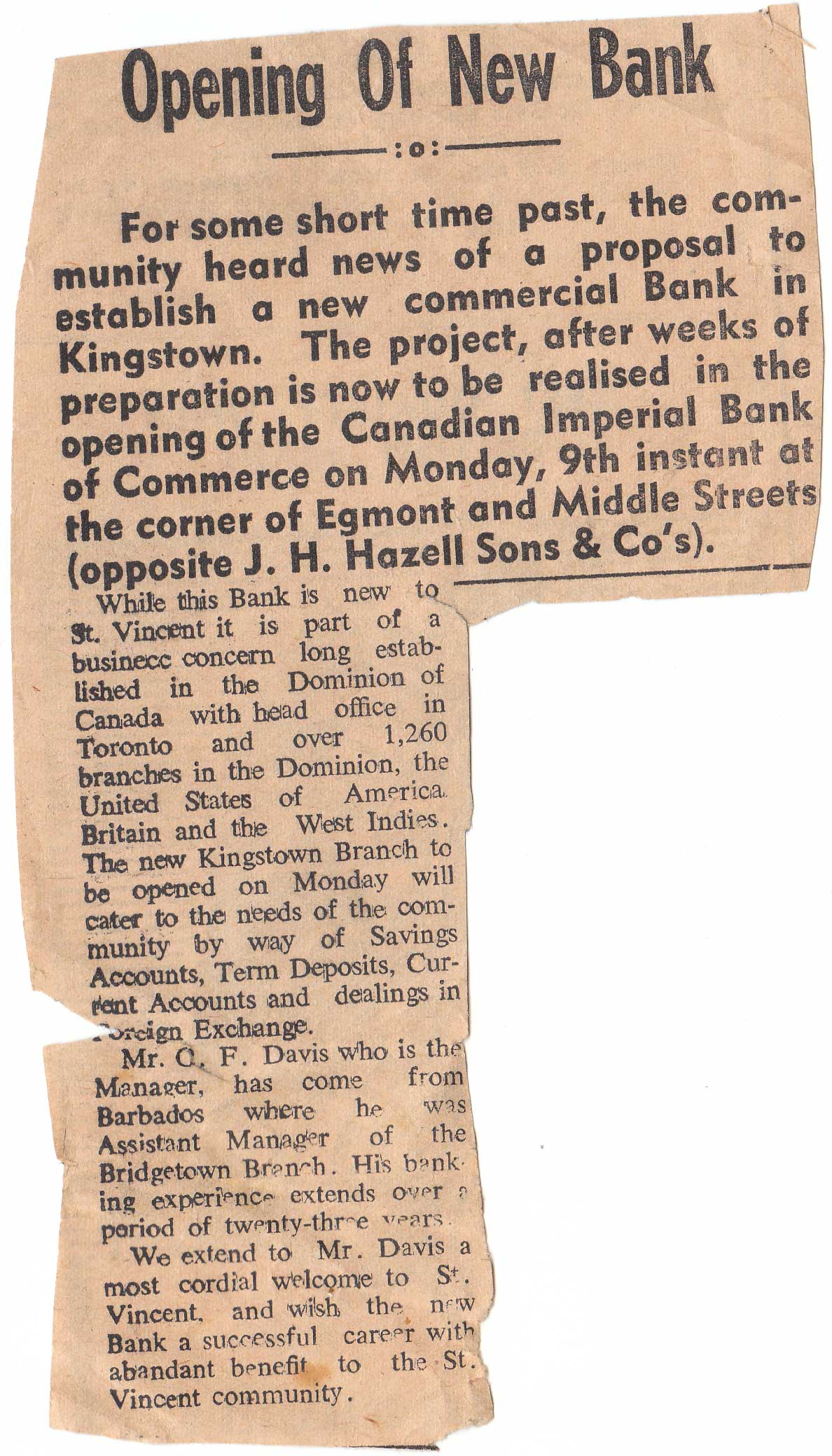Funeral and Obituary
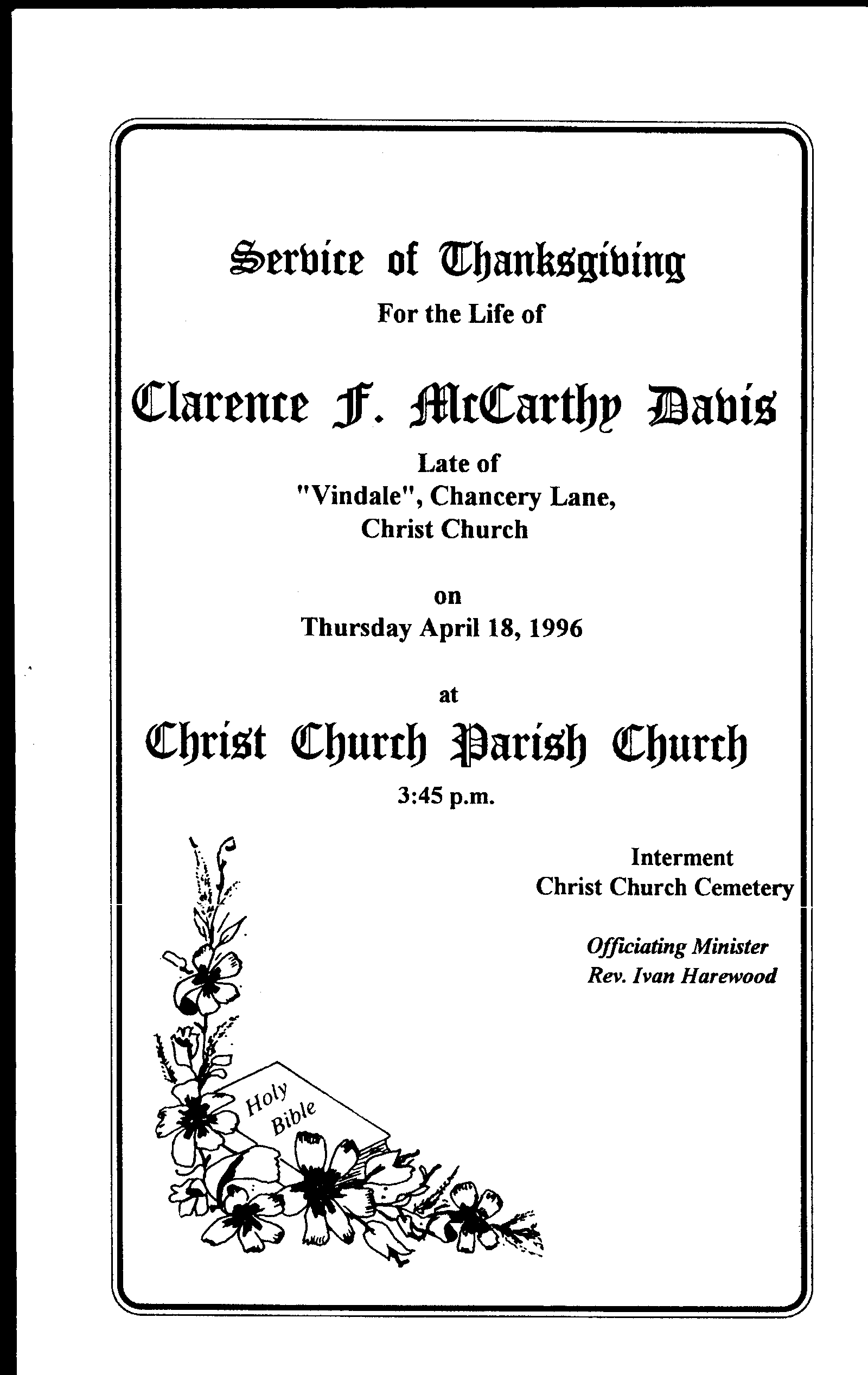
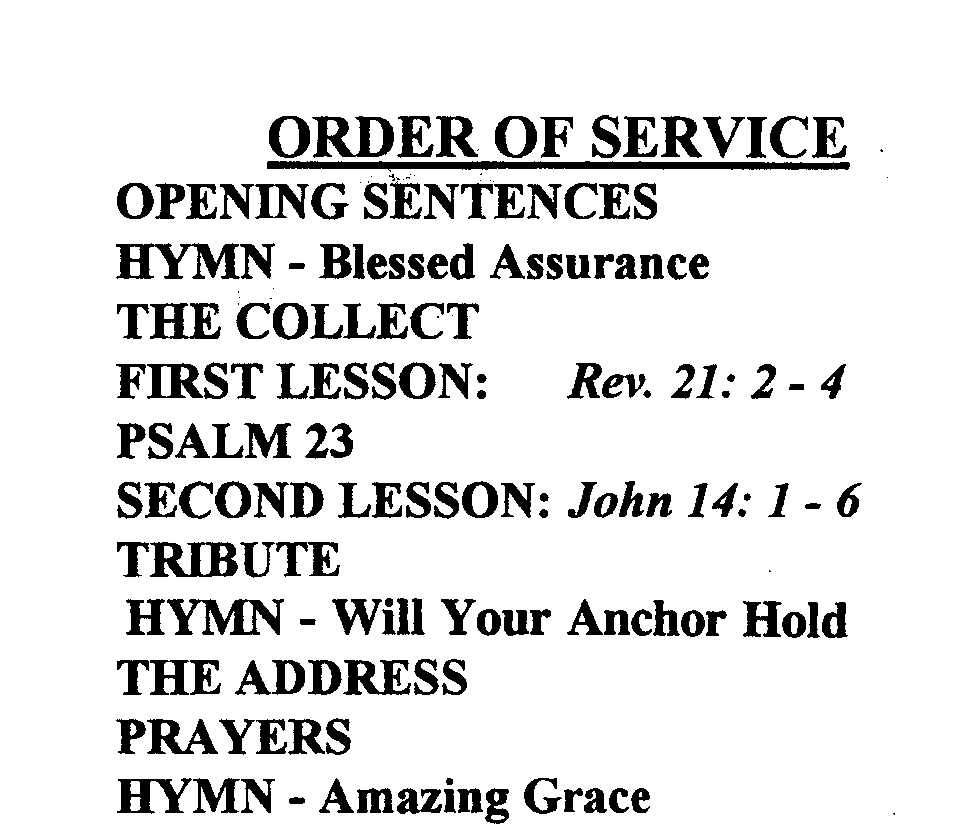
Anthony Davis, my elder brother, read our father’s eulogy.
Firstly, I should like to thank the many people who have reached out in sympathy to our family and especially those who have been praying for us. We are really overwhelmed by the love shown and by the offers of help which have been extended to us at this time. It shows that my Dad touched many lives.
My father was a country boy at heart who grew up enjoying plantation life in the parish of St Andrew. After studying at the Watson School and the Alleyne School, he boarded with his father’s family at Lands End so that he could further his education at Harrison College.
Herbert had intended to go on to Agricultural College, but he gave up his A Level studies to join the Bank of Commerce on April 1st 1941 at the age of 18.
Although my paternal grandparents had moved to St John, my Dad’s heart remained in St Andrew. Despite petrol rationing,he would beg a little gasoline from his father so that he could visit the Farmer family, his old neighbours at Walkers. He always called on a Sunday afternoon because their daughter, Marjorie, was always grateful for a lift to Codrington High School where she was a weekly boarder.
Incidentally, in 1948 he married that girl he used to drive to school. That union remained unbroken until last Saturday. My father leaves three sons, myself being the eldest with Ian and Ronnie my younger brothers. Ronnie has pursued a business career in Barbados, Ian is a professor in Florida and I practice as a consulting engineer in England.
Herbert’s banking career flourished as he gained from the experience of several training courses in Canada. By 1964 he had been promoted to branch manager and he was given the task of opening a new bank in St Vincent. Not only did he have to locate temporary premises and recruit staff, but he also went on to commission the construction of new purpose-built accommodation. To my father’s surprise, the St Vincent branch was soon singled out for honourable mention by the corporate headquarters of the Canadian Bank. My father’s skill at delegating responsibility ensured that the branch continued to be successful following his retirement in 1982 after 41 year’s service.
Despite his success in the banking arena, Herbert often dreamt of growing crops on a smallholding. Wherever he lived, his first priority was the planting of fruit trees. He enjoyed propagating plants from seed or cuttings and, after retirement, one of his pleasures was shelling peas harvested from his garden.
At different stages in his life, he enjoyed playing tennis, cricket, golf and bridge, but his first love was yachting. With the first money that he saved, my father bought a sailing dinghy. He became a proficient yachtsman, often sailing to the horizon in his small boat after a day’s work at the bank. Later on, he bought a local fishing boat and worked it for several years with the help of a fisherman from Fontabelle.
Herbert’s interest encompassed the design of boats and, after fashioning several models with his own hands, he built a full size power boat to his own design. In St Vincent he cut a suit of sails and set my mother the huge task of sewing them up.
His knowledge of the marine charts of the area and the reefs of the Grenadine Islands was second to none. Together we sailed from Barbados to St Vincent in a yacht called “Aurora” on a course determined by two landmarks which he sighted from the Careenage. (This was a trip of over 100 miles!)
Herbert founded the first Lion’s Club of St Vincent and served as Treasurer for over 15 years. It gave him great satisaction that, during this period, the St Vincent Lions built a spacious workshop for the blind. The hall above the workshop was the largest in St Vincent at the time and was used for parties and meetings. For his dedicated humanitarian services, Herbert was awarded the coveted title of Melvin Jones Fellow by the Lions Club International Foundation in 1991.
Before moving to St Vincent, Herbert served on the Fish Co-operative Board, the Barbados Marketing Corporation and the Housing Board. On his return to Barbados, he served three terms on the Housing Board under both the Barbados Labour Party and the Deocratic Labour Party. He also sat on the boards of the National Development Foundation and the Heart Foundation.
Upon retirement, he returned to his hobby of carpentry which was first sparked by his interest in boats. He enjoyed designing and making one off items, but soon lost interest when the work became repetitive.
He never lost his interest in managing money and applied his skills to household management, projecting expenditure, balancing the accounts and operating reserve funds for various eventualities. People who passed by the house noticed his silver grey hair as he reclined in his Berbice chair, but were probably unaware that his mind was always active, reading the National Geographic magazine, drawing house plans, playing cards, solving crosswords, tracing his family tree or managing business affairs for elderly relatives.
My father was a simple man who never cared about keeping up appearances. He believed in a loving God and cared deeply for his family.
Behind his serious face and reserved manner lay a dry sense of humour and a deep understanding of human nature. He often spoke his mind, but he never bore any malice. He was, however, not without his faults. He found it difficult to cope with stress and smoked heavily for most of his life.
He was aware of the damaging effects of smoking and sometimes stopped for months at a time. When he did finally quit on doctor’s orders, the damage had been done. His health was affected for many years, but he never dreamt that his weakened body would continue fighting for so long at the end.
He wanted me to warn all the young people here today never to start smoking, even as he had often warned me myself when I was a youngster.
Once again my family would like to thank you all for attending the funeral, especially those who have travelled from farbafield. We do not know how many have made a special trip to Barbados, but among them are Ernst DeFretas who is representing the St Vincent branch of CIBC, President Hadri Young of the Lion’s Club of St Vincent and Hallam and Angela Welch from Trinidad.
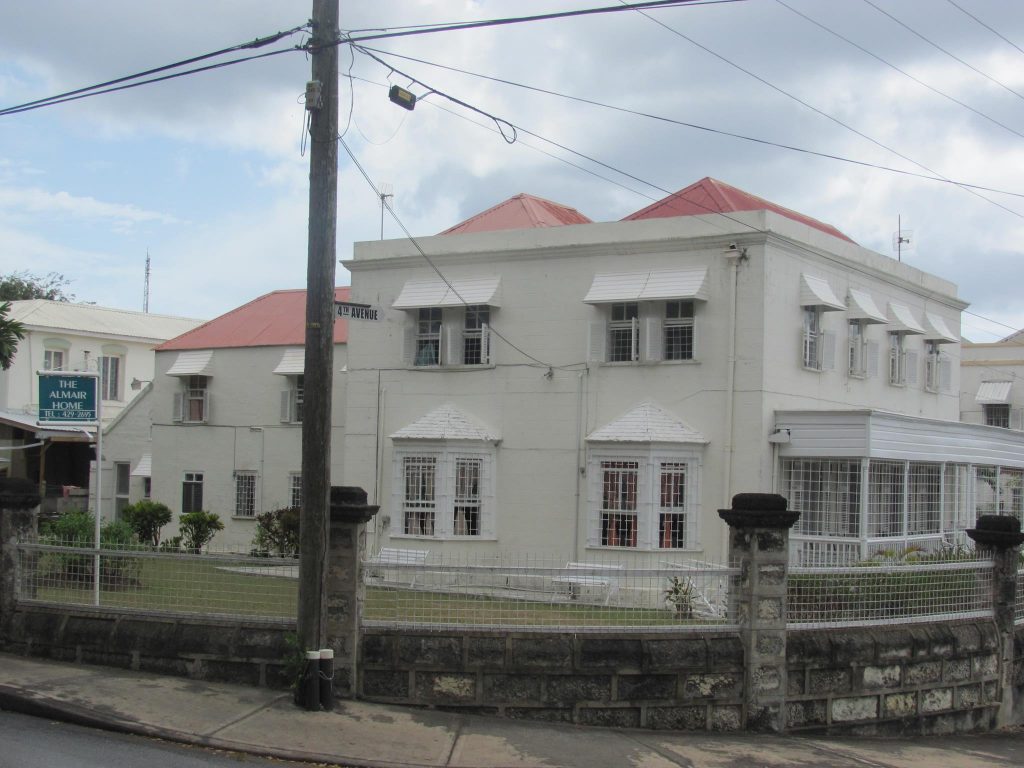







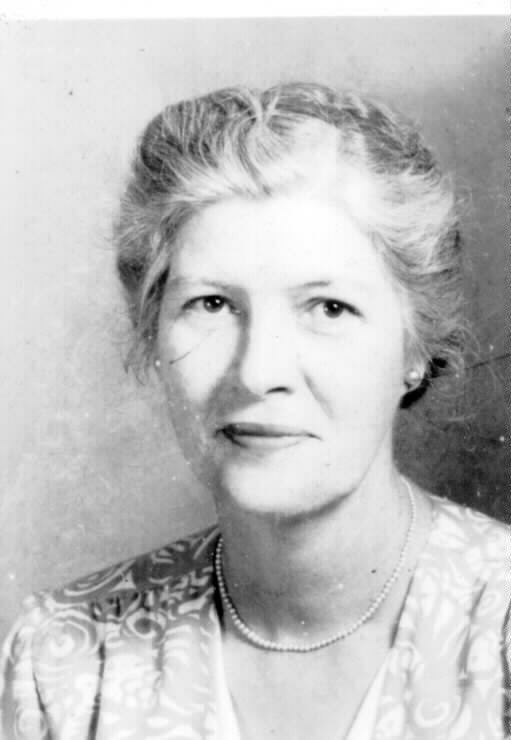
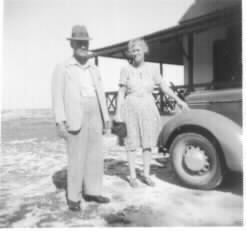

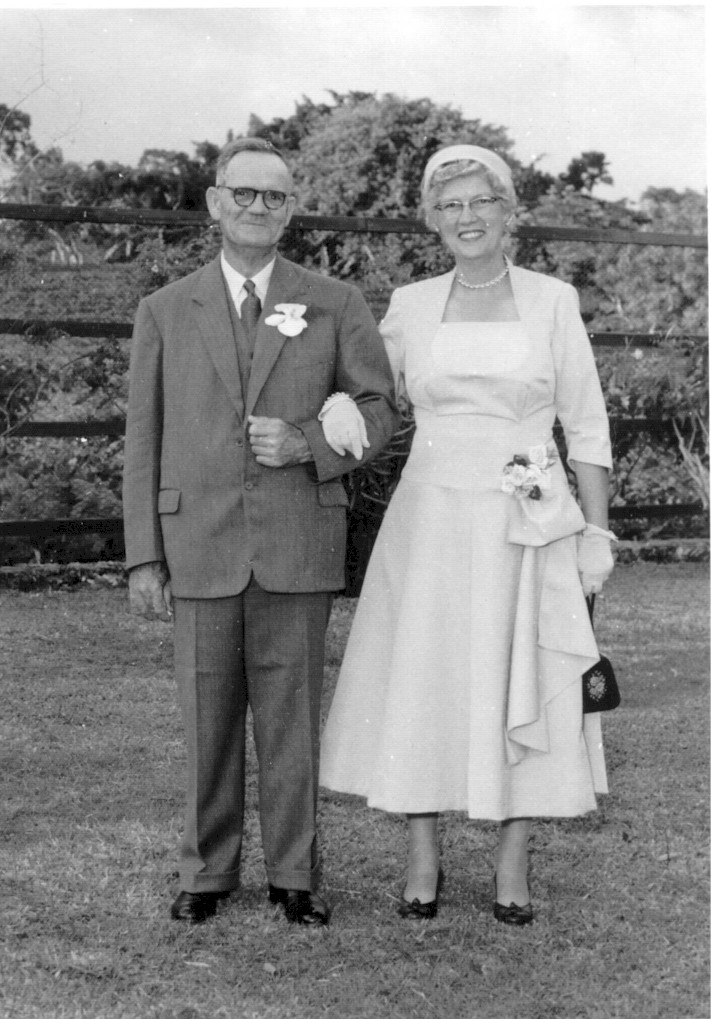 Barbados, 28th July 1956: Malcolm and Kathleen, possibly at Ashford, at the wedding of their son , Harold, to June Bethel.
Barbados, 28th July 1956: Malcolm and Kathleen, possibly at Ashford, at the wedding of their son , Harold, to June Bethel. Cordia flowers, taken in Punta Gorda, FL
Cordia flowers, taken in Punta Gorda, FL



